Content from the Brookings Institution India Center is now archived. After seven years of an impactful partnership, as of September 11, 2020, Brookings India is now the Centre for Social and Economic Progress, an independent public policy institution based in India.
Achhe din sparked hope. The black market bill, whilst laudable in intent, has, however, raised fears of reinvigorated “inspector raj”. The labyrinthine maze of bureaucratic approvals, the tax charge on Cairn petroleum, the abrogation of the winning bid by Jindals for two coal blocks on the charge of cartelisation, and the reluctance to allow the market freer rein have frustrated the corporate community. The implosion of the AAP has angered its volunteers and “befuddled” and “bemused” its erstwhile lokpal. And Rahul Gandhi’s introspective sojourn to no one knows where has exasperated and confused many.
Fear, frustration, anger, bemusement, exasperation, confusion — these are only some of the negative emotions that people feel towards our political and bureaucratic class. Hope leavens this negativism but only to the extent people believe this class has the grasp to meet the reach of their expectations.
Why this range and mix of emotions? More specifically, why is it that less than a year after the government won a decisive mandate, there is a growing sense that the rhetoric of change is much louder than the evidence of results?
I found a part answer to this question in the book, Switch: How To Change Things When Change Is Hard, by Chip and Dan Heath. The book is an easy read, peppered with case histories of how individuals, organisations and, indeed, societies managed to effect change against heavy odds. The relevance of this book for this article lies in the message that “big problems” can more easily be fixed through a sequence of “small solutions” than through “big” solutions. The latter makes sense on paper, but it is often difficult to implement.
Petroleum price deregulation offers a good example of how a “big problem” can be fixed through a sequence of small steps. Initially, the intent was to implement a “big solution”. This was the recommendation of the various committees appointed by the government to look into this issue. They saw the problem through a holistic economic prism and recommended structural solutions to align prices to the market. The recommendations were sensible and grounded in good economics. But the consequential hike in prices was politically unpalatable. As a result, most of the recommendations were shelved. Eventually, however, the government decided to shrink the problem. They decided to reach their destination through a series of predetermined small steps. They gave the oil companies the authority to raise the price of diesel by a nominal 50 paise a litre per month. This was a sufficiently nominal increase for the public to accept without demur and the opposition politicians to allow without comment. The gap between the international price of diesel and its domestic price narrowed month by month and, today, domestic prices are aligned with the market.
India faces multiple “big problems”. The supply of energy is not keeping pace with demand. “Make in India” is a challenge, given the poor condition of our infrastructure, the problems associated with land acquisition and the multiplicity of vested interests. The railways need modernisation. Education, health, sanitation, water, etc face issues of quality and quantity. The list is long. The government knows what is the problem and it knows how to fix it. It has also done much to ameliorate the situation. Yet, the public have a negative view of progress. People are critical of the slow pace of change. The reason for this perception is the disconnect between public expectations and tangible delivery. The latter has been difficult because of the myriad of political and social blockers to proposed “solutions”. Also, the government has sent out mixed signals. The success of the coal auction process has been dulled by the suggestion that Jindals’ winning contract was cancelled because of political considerations. The subsequent court case has gone against the government. The assurances that “tax terrorism” is a matter of the past were well received. Now, however, the subject has come back on the agenda. Whether justified or not, the tax charge on Cairn has sent a worrying signal to the investor community.
So what must the government do to alter perceptions? If one accepted the Switch model, the approach should be to shift from “big problem-big solution” to “big problem-small solution”. Instead of asking “what is the problem”, which then compels a search for commensurate and possibly “infeasible” solutions, the question should be can the problem be “shrunk” to contextually implementable pieces. Can a sequence of steps be scripted to implement these pieces step by step? What enablers need to be put in place to scale up these early successes? And, how can these “bright spots” be leveraged to alter the negative narrative? Such questions would turn the focus towards “small” solutions.
To embed the practical value of this approach, consider the issue of administrative reform. Everyone recognises this is a critical requirement and the sine qua non for improving our ranking in the ease of doing business index. For, such improvement requires the simplification and coordination of procedures and approvals and the perforation of the current siloed structure of decision-making. The recommendations of the Administrative Reforms Commission are, however, on the back burner because of the resistance of vested interests. The Switch model would posit that instead of looking to solve this problem through a wholesale overhaul, the government should lower the bar of success and design and execute a first step. Further, it should create the enabling environment for further such steps. The repeal of the clause in the Prevention of Corruption Act that exposes a bureaucrat to the charge of corruption if he is deemed to have taken a decision of benefit to a private party, and by doing so removing the sword of Damocles of the CBI, CVC and CAG that currently hangs over their heads, would energise the civil servants and “engineer” the hope for further next steps. In a similar vein, the unclogging of a few of the viable projects still entangled in the web of procedures and approvals may not represent a systemic improvement in the investor climate, but it could be signalled as a first step towards that objective. Such a step would also have a positive impact on the public narrative.
“A long journey starts with a single step” is a familiar cliché. This does not mean we should not endeavour to leapfrog. But if such a jump is physically difficult, it makes sense to move forward slowly. The current negative public sentiment towards public authority is because expectations have been dashed. To change this sentiment, the government may be better off defining what can be done quickly and well and leveraging these “bright spots” to shape public opinion.
—
This column first appeared in The Indian Express, on April 6, 2015. Like other products of the Brookings Institution India Center, this is intended to contribute to discussion and stimulate debate on important issues. The views are those of the author.
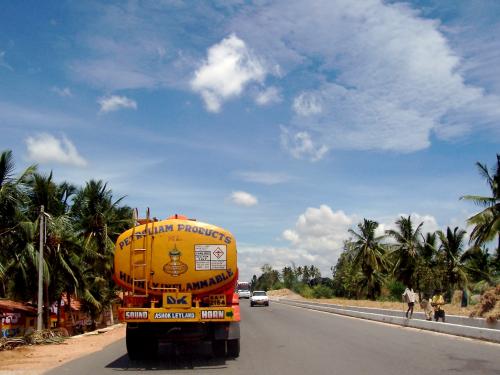
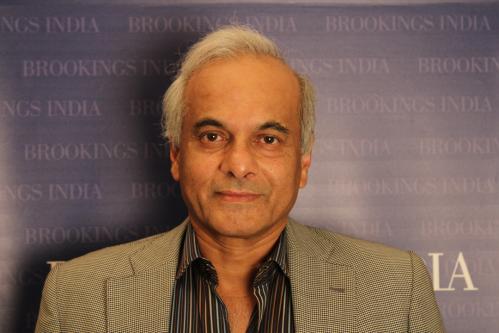
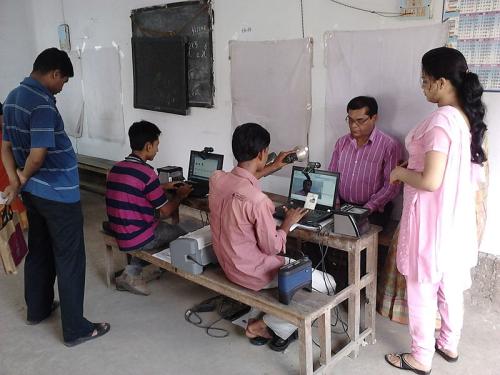
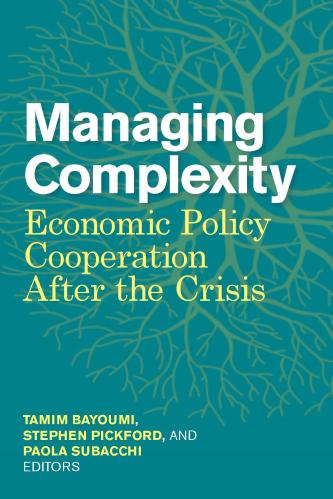

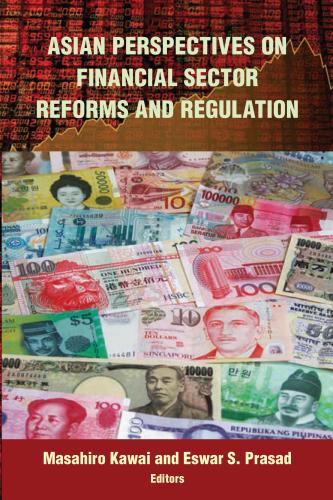




Commentary
Op-edBig problem, small solution
THE INDIAN EXPRESS
April 8, 2015